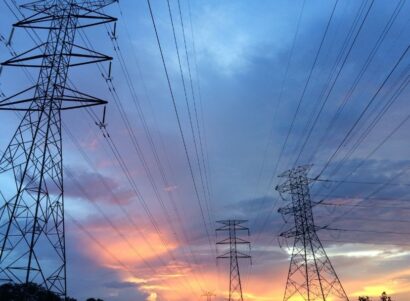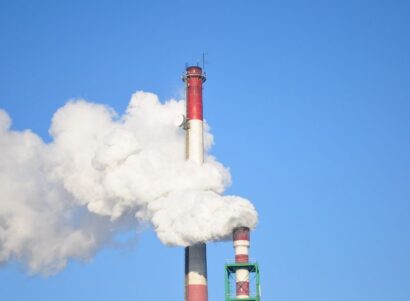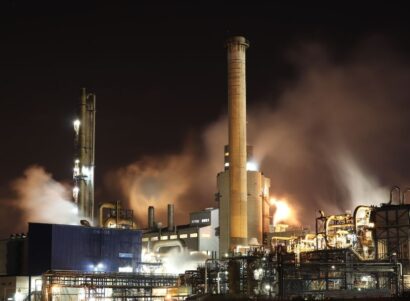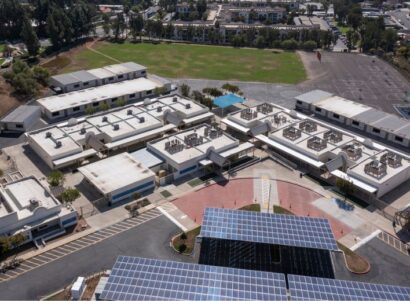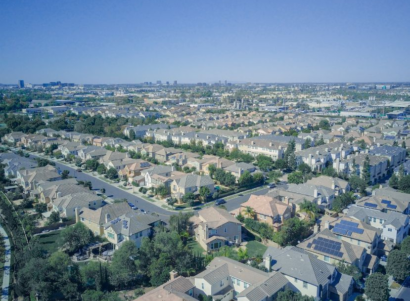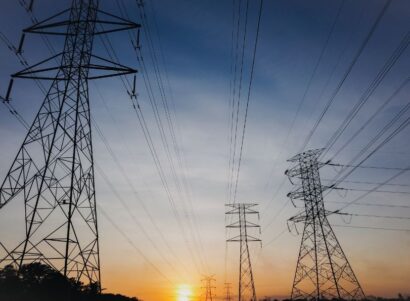Background
Energy policy in Maryland, and in many states throughout the U.S., has historically treated public health, equity, and climate change as separate issues. In reality, they are deeply intertwined.
In this report, researchers from the Institute for Energy and Environmental Research (IEER) and PSE Healthy Energy (PSE) use publicly available data to estimate the percentage of income spent on home energy needs (known as energy cost burden) by households throughout Maryland. The report outlines their findings and strategies to alleviate energy cost burdens, while improving public health and achieving Maryland’s ambitious climate goals.
Findings
Over 18 percent of all Maryland households meet the threshold for high energy cost burdens—paying six percent or more of their income on energy bills. Low-income households often pay significantly more.
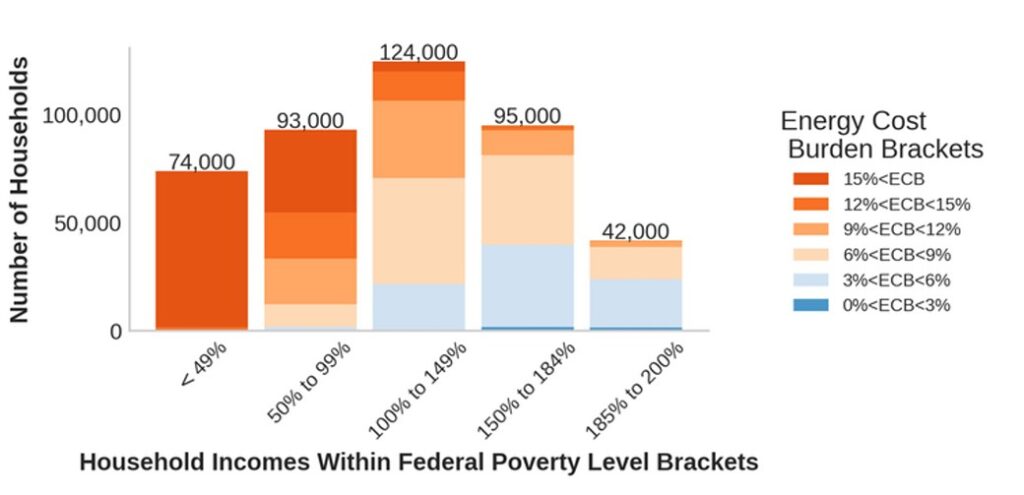
Figure 1: Energy cost burdens (ECB) of households with incomes below 200 percent of the federal poverty level (FPL). About 50,000 households with burdens >6 percent and income >200 percent FPL not shown.
Over the next twenty-five years, energy costs in Maryland will likely increase as utilities invest billions to replace natural gas infrastructure under the 2013 Strategic Infrastructure Development and Enhancement (STRIDE) law. These continued investments not only exacerbate energy burdens, but undermine building electrification needed to achieve Maryland’s climate goals and prolong exposure to indoor air pollution from fossil fuel appliances, such as natural gas stoves.
Policy Implications
Targeted investments in weatherization, electrification, community solar, and demand response can achieve Maryland’s climate targets, while improving public health and saving billions of dollars compared to bill assistance programs alone.
The report outlines a mix of policy solutions to reduce energy cost burdens, while achieving climate and public health goals across Maryland’s residential sector. These include:
- Percentage of income payment plan: Easy universal enrollment with income self-attestation.
- Weatherization with grants: Greatly increase the rate and scope of weatherization, and implementation capacity.
- Electrification with efficient heat pumps and ventilation: Grants for low-income households, incentives for landlords.
- End STRIDE and increase safety: Targeted safety improvements with neighborhood electrification; focus on documented safety needs with attention to recent patterns of serious accidents.
- Discounted community solar: Contract support, rebates, and consolidated billing to ensure universal enrollment in community solar; a discount of at least 20 percent below utility rates.
- Demand response: Broadband access and smart appliances to enable LMI households to earn bill discounts with demand response participation.
- Funding: Federal resources (e.g., Inflation Reduction Act) and progressive state taxation, such as a small wealth tax on the top 0.1 percent for dedicated resources. The need for state taxes will decline over time.

 Report
Report
 Press Release
Press Release